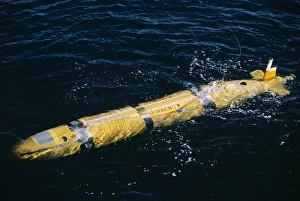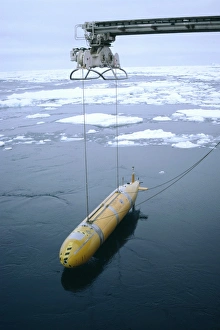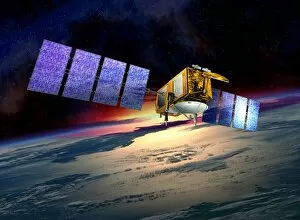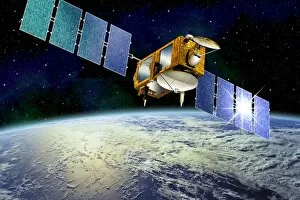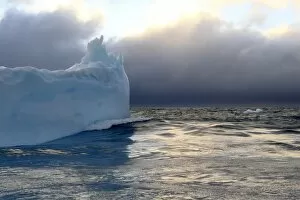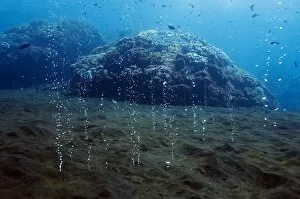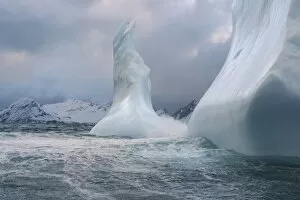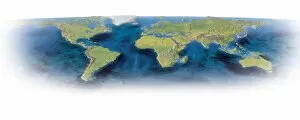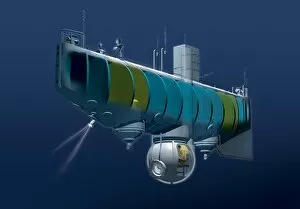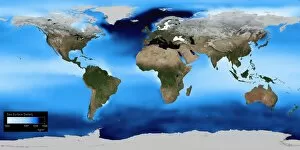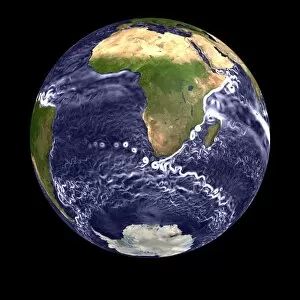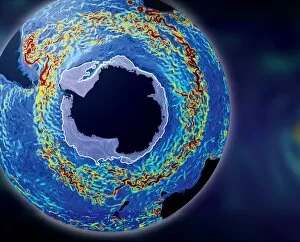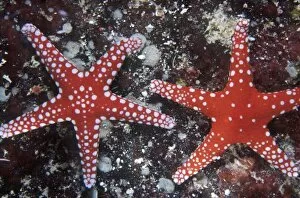Oceanography Collection (page 6)
Oceanography is the fascinating study of Earth's vast and mysterious oceans
All Professionally Made to Order for Quick Shipping
Oceanography is the fascinating study of Earth's vast and mysterious oceans. Through the use of topographic and bathymetric maps, scientists are able to explore the intricate features that make up our planet's watery depths. These maps provide a detailed understanding of both the land and seafloor, giving us insight into how they interact with one another. One area of focus is studying ocean currents off the Americas. By analyzing these powerful flows of water, researchers can better comprehend their impact on climate patterns and marine life distribution. This knowledge helps us navigate and understand our ever-changing world. Delving into history, we discover undersea exploration in 16th-century Europe played a crucial role in shaping modern oceanography. Pioneers like Jacques Cousteau paved the way for future generations to delve deeper into uncharted territories beneath the waves. Australia's topographic map reveals its unique coastal geography, showcasing its stunning beaches and diverse marine ecosystems. Understanding these features aids scientists in preserving this fragile environment for future generations to enjoy. The submersible Alvin with its silver body and control arms has revolutionized underwater research by allowing scientists to reach extreme depths previously inaccessible. Its advanced technology enables us to unravel mysteries hidden deep within our oceans. A flat projection map created from satellite images provides an awe-inspiring view of Earth as seen from space, highlighting just how much of our planet is covered by water. It serves as a reminder that oceans play a vital role in maintaining global balance. Charting specific sections such as Madeira, Portugal to St. Vincent allows researchers to gather valuable data about local currents, temperatures, and biodiversity hotspots along this stretch of coastline - essential information for conservation efforts. Intriguing creatures like box jellyfish captivate both scientists and enthusiasts alike due to their ethereal beauty but also their potent venomous sting - reminding us that there is still so much left undiscovered beneath the surface. A field that encompasses all these elements and more.







